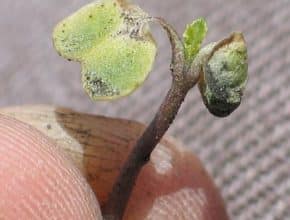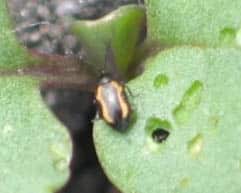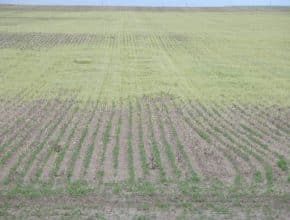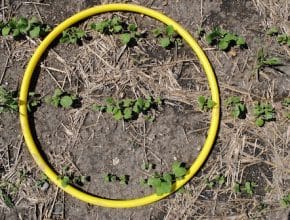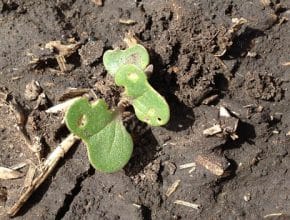The Canola Council of Canada is looking for growers and agronomists willing to collect cutworms for research. Cutworms are an increasing threat to canola and other crops, and growers will benefit from knowing more about this native pest…
Canola Watch Posts
-
-
-
-
-
A week of moisture across the Prairies has delayed seeding. Canola seeded any time in May has a good chance of reaching maturity, so May 9 isn’t late, however growers……
-
-
Seeding is a priority for many growers this week, but fields with a large population of weeds, especially advancing winter annuals, should get a pre-seed burnoff. For annuals and winter annuals, glyphosate needs only 24 hours to get to the growing point and set the control process in motion. After a day, the crop can be seeded. For perennial weeds,…
-
Growers could glean a couple useful tips about seedling survival by taking a plant count in last year’s canola stubble. It can also serve as a reminder to take seeding notes for each field. Record seeding rate, seed weight and seeding date for each field, and record weather parameters that will influence seedling survival — soil moisture (dry, moist, wet)…
-



